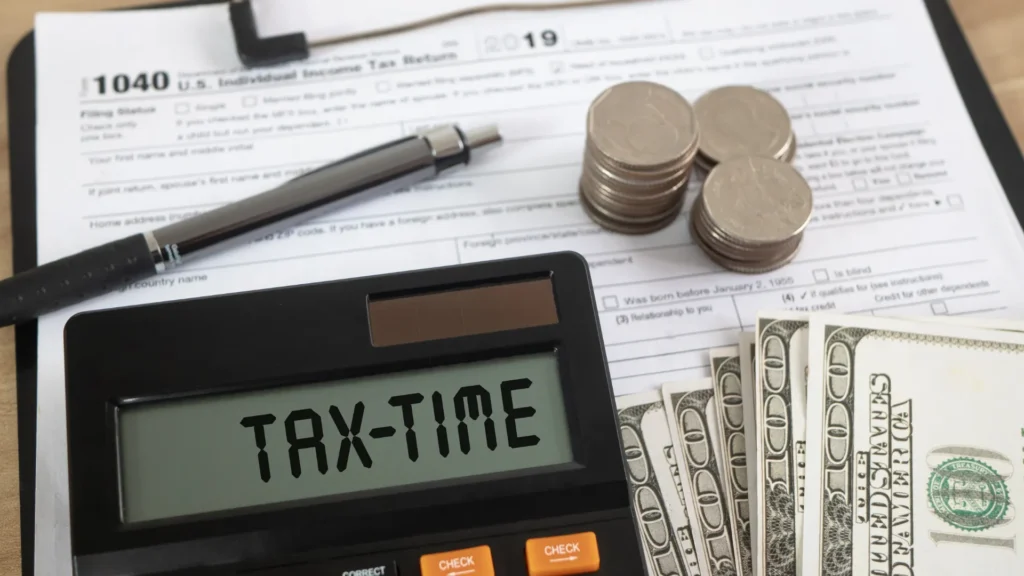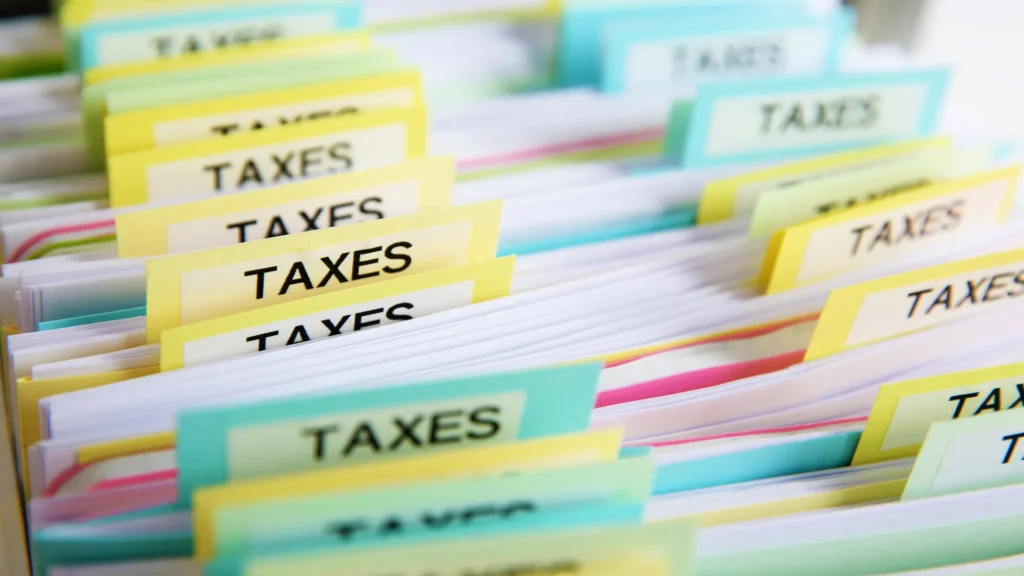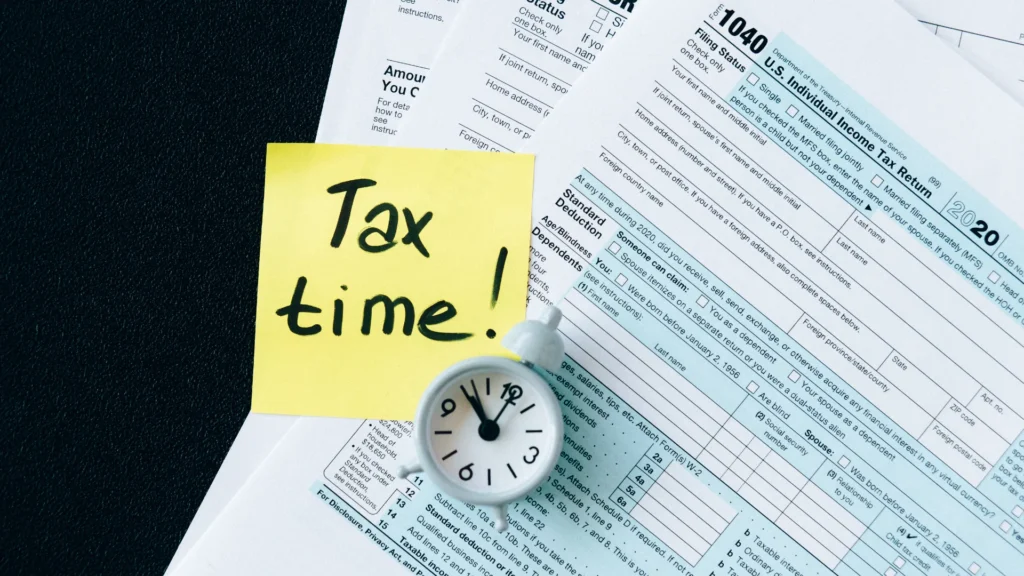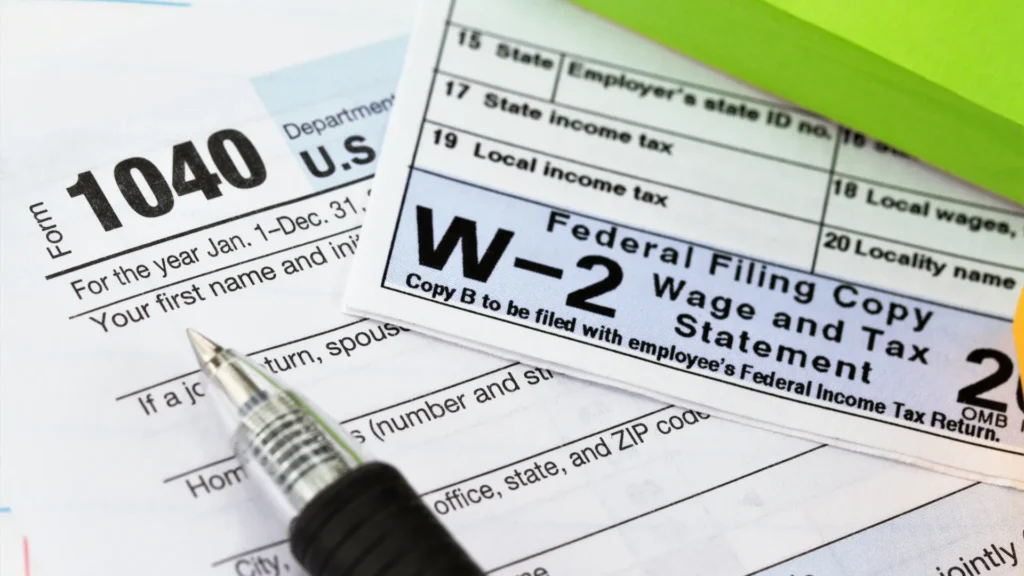What Are Back Taxes? Tax Debt Tips and Resources
Back taxes are owed by taxpayers who have not paid their taxes for one or more previous years. Individuals and businesses with unpaid taxes will face various consequences, which, if not addressed promptly, can lead to more complex tax issues, such as levies.
In today’s article, we’ll go over back taxes in more detail and how you can resolve back taxes and manage tax debt more effectively.
Understanding Back Taxes
What Are Back Taxes?
Back taxes refer to tax debts that have not been fully paid when they were due. People often have back taxes for various reasons, including missed payments, incorrect income reporting, and incorrect deductions.
The consequences of having back taxes vary and can be severe, depending on the specific situation, including the amount owed, the duration of the unpaid debt, and whether any actions have been taken to address the issue.
Common Reasons People Owe Back Taxes
Misreporting income or deductions: Misreporting income or deductions is a common cause of owing back taxes. While these errors may be unintentional at times, such as misinterpreting the qualifications of deductions, the IRS will remain firm in its assessment. Discrepancies in this matter may result in an audit and/or penalties being imposed.
Unexpected tax bills from self-employment or side gigs: Back taxes can also result from tax bills from self-employment or side gigs. Unlike traditional employment, where taxes are withheld from paychecks, self-employment, such as freelancing or owning a small business, requires proactive tax compliance. Failure to do so may result in unexpected liability when annual returns are filed, leaving many unprepared.
Withholding errors from paychecks: Withholding errors occur when the amount withheld from your wages for taxes does not cover your entire tax bill. As a result, you will still owe the government money. Errors can occur when filing the W-4 form, such as claiming too many allowances or, on the employer’s side, miscalculating the amount withheld.
Failing to file tax returns: One of the most common reasons taxpayers find themselves owing back taxes is failing to file their tax returns, often because they overlook this duty or assume the authorities won’t notice. However, that is not the case. When a return is not filed, the consequences are swift and can be detrimental to one’s financial well-being.

How Back Taxes Impact Your Financial Future
Back taxes can add up quickly due to penalties and compounding interest. Furthermore, failing to resolve your tax issues, such as owing back taxes, can result in more complex problems, including wage garnishment, liens, or levies.
Facing any of these issues will cause significant stress, as you will be under pressure to pay debts. If you are experiencing such complications, act promptly, as ignoring them will only lead to further problems. Explore the various options available to taxpayers and consult with a tax attorney to determine the best solution for your case.
How to Resolve Back Taxes and Manage Tax Debt
The IRS provides several options for resolving back taxes and managing your tax debt effectively. One step taxpayers can take is to file past-due tax returns, even if paying them in full is not possible. Submitting returns can prevent some penalties and demonstrate goodwill toward the IRS.
You can then explore other options for paying your debt, such as setting up a payment plan, like an Installment Agreement, which allows taxpayers to pay off debts over time. Another option to consider is an Offer in Compromise (OIC), which allows you to settle your debt for less than the amount you owe, provided specific requirements are met.
Lastly, reviewing your tax debt with a professional can help you identify the problem, pinpoint errors, and uncover any deductions and credits you may have overlooked.
Resources and Support for Tax Debt Relief
IRS Resources and Taxpayer Assistance Programs
Dealing with tax debt can feel overwhelming, but numerous resources and support options are available to help alleviate the financial strain. The IRS offers several free tools and programs to help you deal with tax debt, including ways to verify your outstanding balance.
When to Seek Professional Tax Debt Help

If you are experiencing serious tax complications or have difficulty understanding or dealing with any tax issue, consult a professional tax attorney to help guide and resolve the problem.
A tax attorney understands what is at stake in every tax situation, so they know precisely how to respond and what steps to take. Having a professional by your side can help you understand the options, choose the best solution, and avoid future issues.
Avoiding Future Tax Debt Issues
Everyone should strive to avoid tax problems. To prevent future tax debt issues, file your tax return on time and fill out the correct form with accurate information.
If you cannot pay your tax debt in full, consider the various options available and consult a professional to help you choose the best path for your situation. Remember that individuals and businesses are required to pay taxes, and avoiding taxes should never be an option because the longer you ignore your tax obligations, the more complicated the problems will become.
If you need help with your taxes, contact Greenberg Law Group. Don’t put off paying your taxes. There are deadlines to meet, and failing to do so will result in more trouble. Let us help you get on the right track and avoid any tax issues.






































